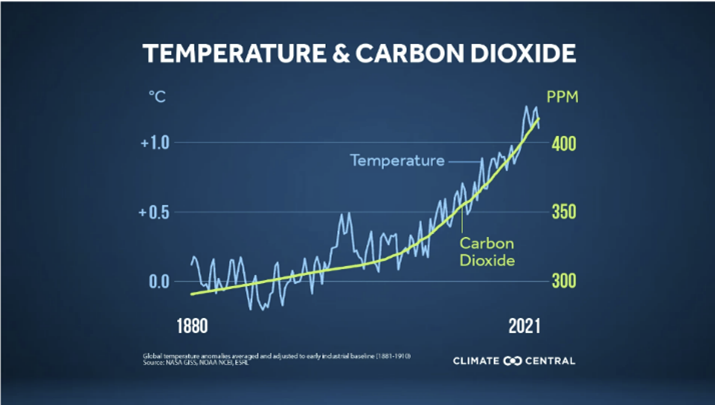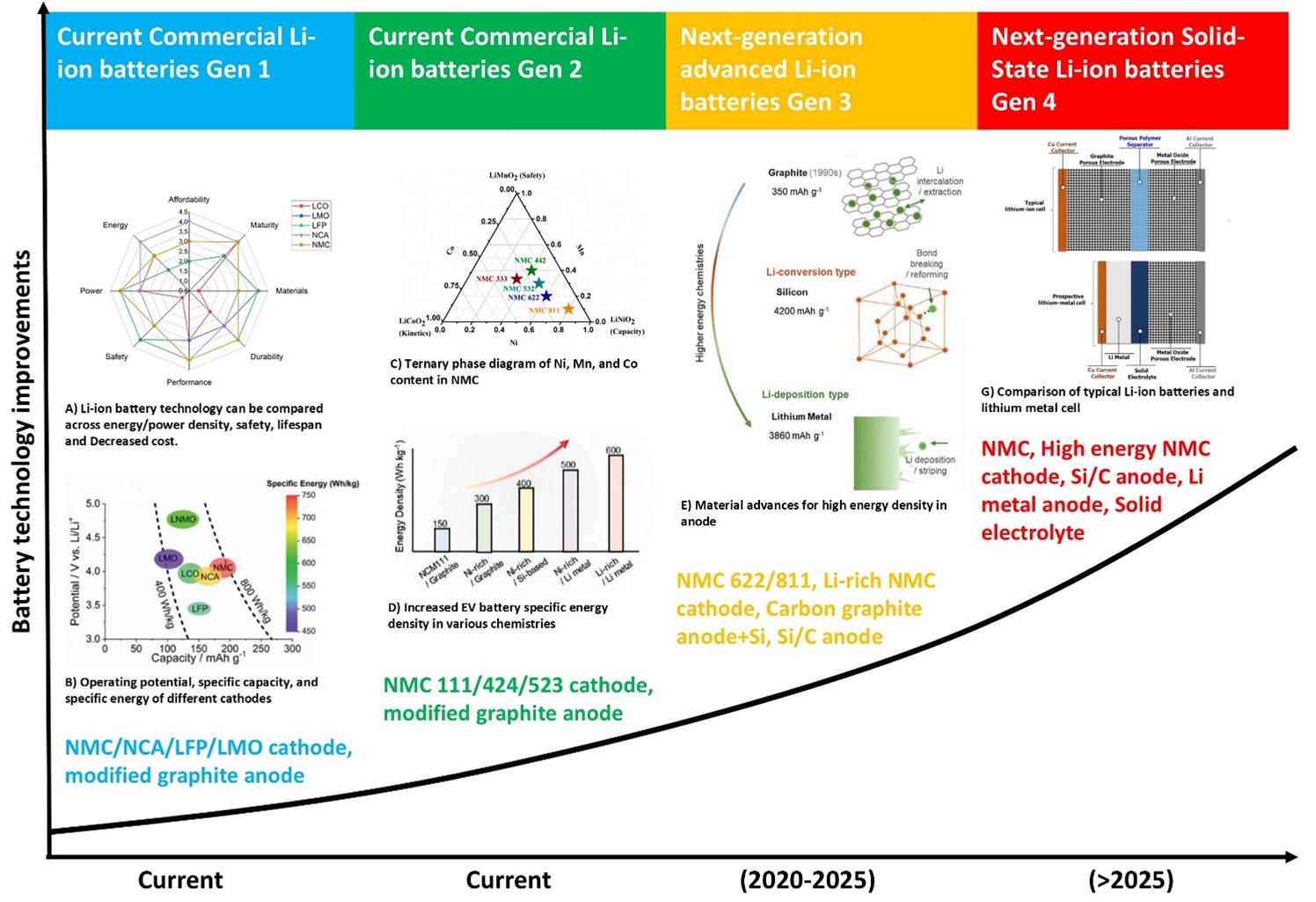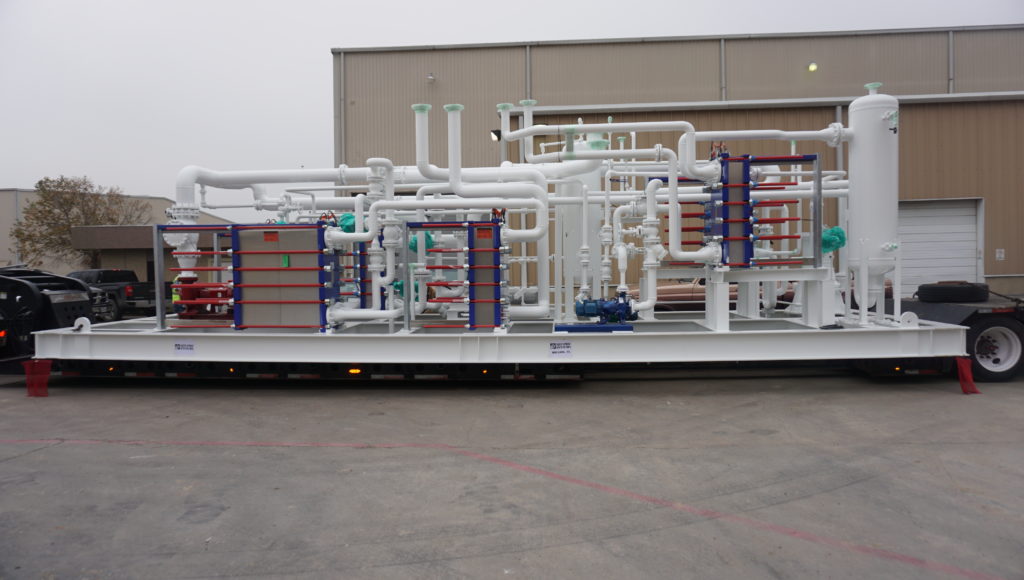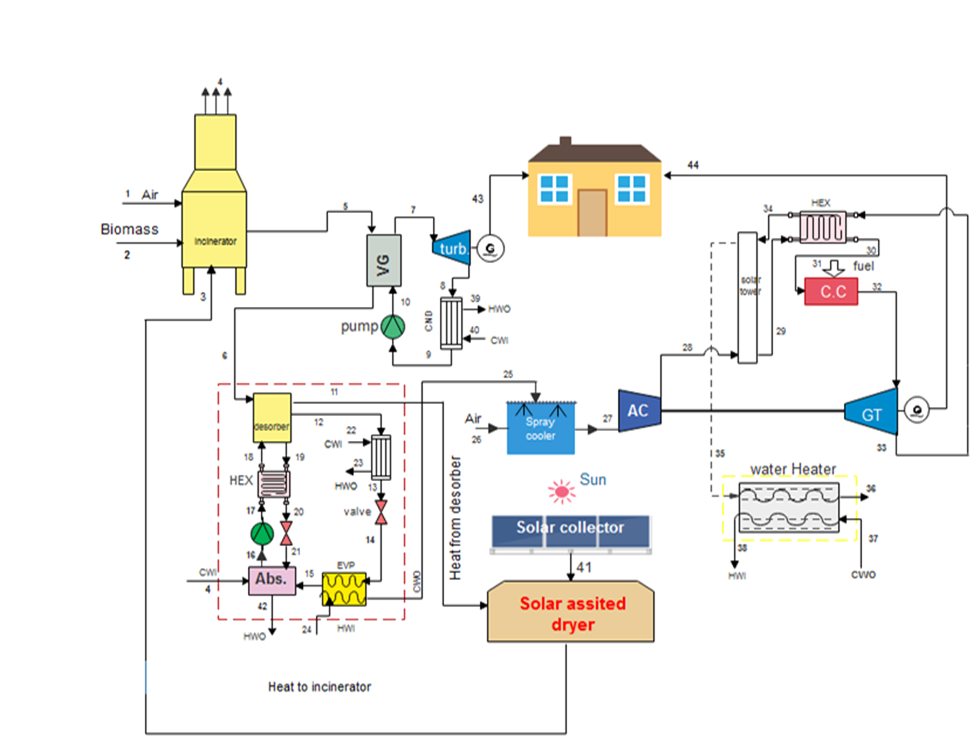An overview of the sustainability of emerging energy technologies in mitigating climate change

Downloads
The increasing reliance on fossil fuels has led to unprecedented levels of greenhouse gas emissions, environmental degradation, and public health risks. This paper explores renewable energy technologies and carbon capture methods as essential strategies for mitigating climate change and transitioning toward a low-carbon future. This paper evaluates the carbon emissions associated with various renewable sources, including solar, wind, hydropower, geothermal, and biomass, considering their full life cycles and regional variations. The paper also examines the role of carbon capture technologies, battery storage, smart grids, decentralized systems, and blockchain innovations in enhancing energy resilience and reducing emissions. While renewable energies significantly reduce carbon output compared to traditional fuels, the analysis highlights that no energy system is without environmental consequences. Policy support, technological advancements, and coordinated infrastructure improvements are identified as critical factors for successful large-scale adoption. Through integrated approaches that combine clean energy production, carbon management, and modernized energy systems, a sustainable and equitable energy transition is achievable.
Nonrenewable Energy, https://education.nationalgeographic.org/resource/non-renewable-energy/.
R. Lindsey, “Climate change: Atmospheric CO₂ ,” NOAA Climate.gov, https://www.climate.gov/news-features/understanding-climate/climate-change-atmospheric-carbon-dioxide (accessed Apr. 24, 2025).
“Climate Change,” World Health Organization, https://www.who.int/news-room/fact-sheets/detail/climate-change-and-health/.
“Renewable energy – powering a safer future,” United Nations, https://www.un.org/en/climatechange/raising-ambition/renewable-energy#:~:text=In%202018%2C%20air%20pollution%20from,also%20air%20pollution%20and%20health. (accessed Apr. 26, 2025).
Attanayake, K., Wickramage, I., Samarasinghe, U., Ranmini, Y., Ehalapitiya, S., Jayathilaka, R., & Yapa, S. (2024). Renewable energy as a solution to climate change: Insights from a comprehensive study across nations. PLoS ONE, 19(6 June). https://doi.org/10.1371/journal.pone.0299807
“Peak CO2 & Heat-trapping emissions,” Climate Central, https://www.climatecentral.org/climate-matters/peak-co2-heat-trapping-emissions (accessed May 1, 2025).
“Renewable power generation costs in 2021,” IRENA, https://www.irena.org/publications/2022/Jul/Renewable-Power-Generation-Costs-in-2021 (accessed Apr. 26, 2025).
Osman, A. I., Chen, L., Yang, M., Msigwa, G., Farghali, M., Fawzy, S., Rooney, D. W., & Yap, P. S. (2023). Cost, environmental impact, and resilience of renewable energy under a changing climate: a review. Environmental Chemistry Letters, 21(2), 741–764. https://doi.org/10.1007/s10311-022-01532-8
An, M., & Sun, X. (2024). Carbon footprints of solar panels in China provinces based on different production and waste treatment scenarios. Journal of Cleaner Production, 435. https://doi.org/10.1016/j.jclepro.2023.140453
Carlini, F., Christensen, B. J., Datta Gupta, N., & Santucci de Magistris, P. (2023). Climate, wind energy, and CO2 emissions from energy production in Denmark. Energy Economics, 125. https://doi.org/10.1016/j.eneco.2023.106821
Khoie, R., Bose, A., & Saltsman, J. (2021). A study of carbon emissions and energy consumption of wind power generation in the Panhandle of Texas. Clean Technologies and Environmental Policy, 23(2), 653–667. https://doi.org/10.1007/s10098-020-01994-w
Scherer, L., & Pfister, S. (2016). Hydropower’s biogenic carbon footprint. PLoS ONE, 11(9). https://doi.org/10.1371/journal.pone.0161947
Guo, Q., & Hasani, R. (2024). Assessing the impact of water scarcity on thermoelectric and hydroelectric potential and electricity price under climate change: Implications for future energy management. Heliyon, 10(17). https://doi.org/10.1016/j.heliyon.2024.e36870
Umar, M., Awosusi, A. A., Adegboye, O. R., & Ojekemi, O. S. (2024). Geothermal energy and carbon emissions nexus in leading geothermal-consuming nations: Evidence from nonparametric analysis. Energy and Environment, 35(5), 2726–2752. https://doi.org/10.1177/0958305X231153972
Nkinyam, C. M., Ujah, C. O., Asadu, C. O., & Kallon, D. V. V. (2025). Exploring geothermal energy as a sustainable source of energy: A systemic review. In Unconventional Resources (Vol. 6). KeAi Communications Co. https://doi.org/10.1016/j.uncres.2025.100149
Chowdhury, P., Mahi, N. A., Yeassin, R., Chowdhury, N. U. R., & Farrok, O. (2025). Biomass to biofuel: Impacts and mitigation of environmental, health, and socioeconomic challenges. Energy Conversion and Management: X, 25. https://doi.org/10.1016/j.ecmx.2025.100889
Gonçalves, A. C. R., Costoya, X., Nieto, R., & Liberato, M. L. R. (2024). Extreme weather events on energy systems: a comprehensive review on impacts, mitigation, and adaptation measures. Sustainable Energy Research, 11(1). https://doi.org/10.1186/s40807-023-00097-6
Bin, X., & Thakur, J. (2025). Circular economy metrics for batteries: Enhancing sustainability in energy storage systems. Sustainable Production and Consumption, 55, 470–485. https://doi.org/10.1016/j.spc.2025.02.014
J. Fleischmann et al., “Battery 2030: Resilient, sustainable, and Circular,” McKinsey & Company, https://www.mckinsey.com/industries/automotive-and-assembly/our-insights/battery-2030-resilient-sustainable-and-circular#/ (accessed May 17, 2025).
Hamza, M. F., Modu, B., & Almutairi, S. Z. (2025). Integration of the Chimp Optimization Algorithm and Rule-Based Energy Management Strategy for Enhanced Microgrid Performance Considering Energy Trading Pattern. Electronics, 14(10), 2037. https://doi.org/10.3390/electronics14102037
Gabriel, L. M. N., Adebisi, J. A., Ndjuluwa, L. N. P., & Chembe, D. K. (2025). Investigation of smart grid technologies deployment for energy reliability enhancement in electricity distribution networks. Franklin Open, 10. https://doi.org/10.1016/j.fraope.2025.100227
T. Agarwal, “Smart Grid Technology working operation and applications,” ElProCus, https://www.elprocus.com/overview-smart-grid-technology-operation-application-existing-power-system/ (accessed May 17, 2025).
Lv, Y. (2023). Transitioning to sustainable energy: opportunities, challenges, and the potential of blockchain technology. Frontiers in Energy Research, 11. https://doi.org/10.3389/fenrg.2023.1258044
Ma, J., Li, L., Wang, H., Du, Y., Ma, J., Zhang, X., & Wang, Z. (2022). Carbon Capture and Storage: History and the Road Ahead. In Engineering (Vol. 14, pp. 33–43). Elsevier Ltd. https://doi.org/10.1016/j.eng.2021.11.024
Li, J., Hou, Y., Wang, P., & Yang, B. (2019). A Review of carbon capture and storage project investment and operational decision-making based on bibliometrics. Energies, 12(1). https://doi.org/10.3390/en12010023
Rosenow, J., Gibb, D., & Thomas, S. (2025). From Inefficient to Efficient Renewable Heating: A Critical Assessment of the EU Renewable Energy Directive. Sustainability, 17(9), 4164. https://doi.org/10.3390/su17094164
Yakymchuk, A., & Rataj, M. A. (2025). Economic Analysis of Fossil CO2 Emissions: A European Perspective on Sustainable Development. Energies, 18(8). https://doi.org/10.3390/en18082106
Net zero carbon events, https://www.netzerocarbonevents.org/initiative/ (accessed May 18, 2025).
“Protect tomorrow. Today: ExxonMobil Sustainability,” ExxonMobil, https://corporate.exxonmobil.com/sustainability-and-reports/sustainability (accessed May 17, 2025).
“U.S. government publishes updated emissions projections,” Energy.gov, https://www.energy.gov/policy/articles/us-government-publishes-updated-emissions-projections (accessed May 18, 2025).















